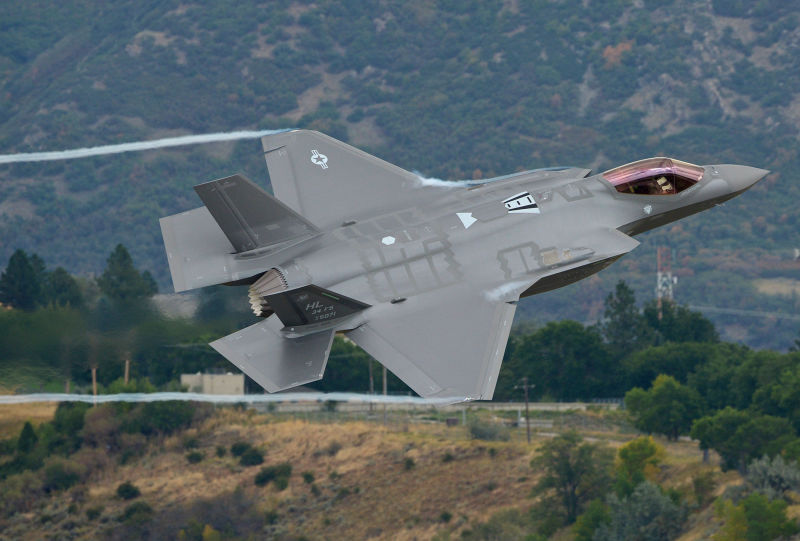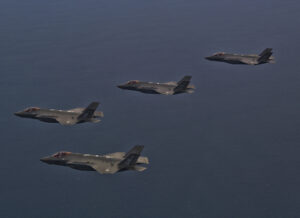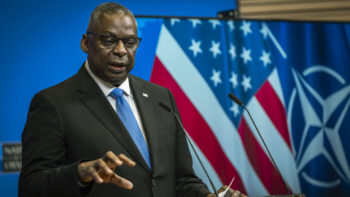 WASHINGTON: All the boxes are ticked for the Air Force to declare the F-35A ready for combat.
WASHINGTON: All the boxes are ticked for the Air Force to declare the F-35A ready for combat.
The final clearance hasn’t been given by the man who will decide, Air Combat Command’s Gen. Hawk Carlisle, but he has received all the data on the planes, pilots and maintainers, said Lt. Col. Steven Anderson, 388th Maintenance Group deputy commander, in a call with reporters today from Hill Air Force Base. And Carlisle, of course, made it very clear at the Royal International Air Tattoo and at the Farnborough Air Show that he expected to declare Initial Operational Capability early in the planned window of August to December.
I asked about the F-35A’s Close Air Support capabilities, given how sensitive the issue on Capitol Hill as the Air Force continues to hope to return the aging and increasingly vulnerable A-10.
Lt. Col. George Watkins, the 34th Fighter Squadron commander, told me he was an F-16 pilot with four deployments to Iraq (CORRECTED: Was IRAN…Sigh) and Afghanistan, where he executed CAS missions on a regular basis.

Four Flight of F-35As
“I would say we executed similarly to how the F-16 performed two years ago,” Watkins said. And this is before the F-35 can use the full range of CAS weapons, most importantly the Small Diameter Bomb II: That won’t come ’til the aircraft gets the 4F software in 2022. Regardless, the commander made clear he was confident in the F-35’s effectiveness as a CAS weapon within the strictures set out by the Air Force for this stage.
I also asked about the plane’s Electronic Warfare performance. The F-35, as Breaking D readers know, is the first US aircraft designed to defeat advanced Surface-To-Air threats such as the Russian-built S-400. In training, the aircraft’s stealth was so effective that pilots had to turn on their FAA emitters to tell the SAM threats they were around so they knew the aircraft were targets and the F-35As could attack. “We basically told them where we were at so we could shoot at them,” Watkins said.
The F-35As would have destroyed their targets and, Watkins believes, “most likely we would not have suffered any casualties.” Did their targets include the vaunted S-400? Watkins would only say their targets included low- and high-end threats.
After finishing the required amount of flying and mission training in 30 days, one of the final steps to ticking off the boxes on the F-35A’s IOC checklist was what some would call a murder board. Pilots appeared before interrogators who grilled them on the threats and tactics they had studied in great depth. They all passed. August first is Monday. Will Carlisle pull the trigger?
Lockheed wins competition to build next-gen interceptor
The Missile Defense Agency recently accelerated plans to pick a winning vendor, a decision previously planned for next year.


























